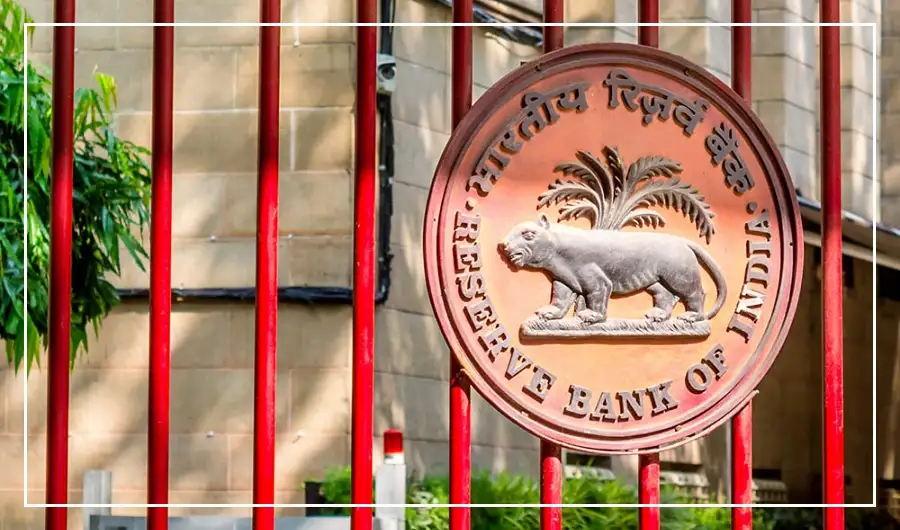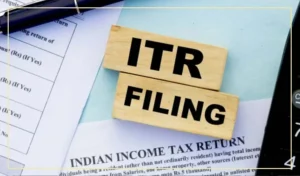In a major policy shift, India is considering allowing up to 49% foreign direct investment (FDI) in public sector banks (PSUs).
This would be more than double the current limit of 20%, signaling a big step toward attracting global investors.
According to reports, the Finance Ministry has been holding discussions with the Reserve Bank of India (RBI) on this proposal for the past few months.
However, no final decision has been made yet.
What This Change Could Mean for the Banking Sector
India’s state-run banks could soon see a fresh wave of foreign capital if the new limit is approved.
Global investors have already shown strong interest in Indian banks.
Recent deals include Emirates NBD’s $3 billion purchase of a 60% stake in RBL Bank and Sumitomo Mitsui Banking Corp’s $1.6 billion investment in Yes Bank, which it later increased by another 4.99%.
The move is expected to make public banks more competitive and align their regulations with private banks, where foreign investors can already own up to 74%.
Following reports of this proposal, the Nifty PSU Bank Index surged over 3%, hitting a record high before closing 2.22% higher.
Strong Economy, Strong Investor Interest
India’s booming economy—growing at nearly 8% annually for the last three years—is driving strong demand for credit.
This has made the banking sector one of the most attractive spaces for investors.
Between January and September this year, financial sector deals jumped 127% to $8 billion.
India currently has 12 government-owned banks, holding total assets worth about ₹171 trillion ($1.95 trillion), which account for 55% of the country’s banking sector.
While the government plans to retain at least 51% ownership in all state-run banks, increasing the FDI limit could help bring in more funds and improve performance.
However, experts note that public banks still face challenges like higher bad loans and lower profitability, as they often lend to lower-income groups and rural areas.
Safeguards and Next Steps
Even if foreign investors are allowed a bigger share, strict safeguards will remain.
For instance, no single investor will be allowed voting rights beyond 10%.
The RBI has already eased some rules for private banks and shown willingness to allow more foreign participation, signaling that public sector banks could soon follow.
If approved, this policy could reshape India’s banking landscape—bringing in much-needed global capital while keeping government control intact.
























